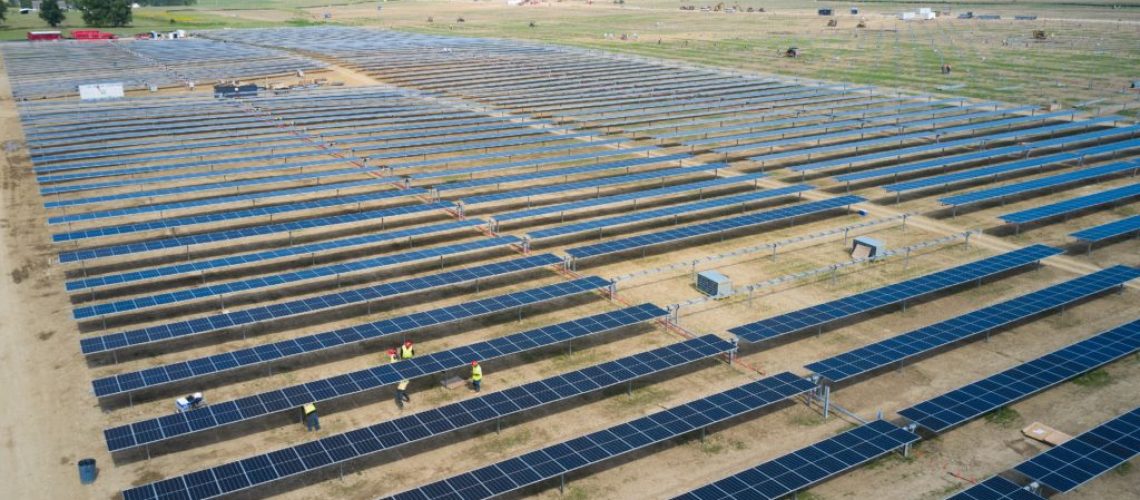Solar maintained its place as the country’s fastest-growing electrical resource, while widespread droughts caused hydropower to fall and coal saw a brief resurgence.
In its latest analysis of the Federal Energy Regulatory Commission’s (FERC) Energy Infrastructure Update and the U.S. Energy Information Administration’s (EIA) Short-Term Energy Outlook, the SUN DAY Campaign, a non-profit research and educational organization, has found that renewable energy sources, including solar, onshore and offshore wind, biomass, geothermal, and hydropower, accounted for just over 21% of total U.S. electrical generation in 2021.
Solar also maintained its place as the country’s fastest-growing electrical resource in 2021, with just over 25% growth in new capacity, when compared to 2020. Combined, solar and wind grew by nearly 16% and accounted for more than one-eighth of total U.S. electrical generation, with wind accounting for just over 9% and solar for just under 4%.
Moreover, SUN DAY’s analysis shows that wind and solar combined now provide more than three-fifths of all generation by renewable sources, sitting at 62% combined. In general, 2021 was a strong year for renewable resources across the board, with the exception of hydropower. According to the analysis, hydropower output fell by nearly 9%, which the analysis attributes to severe drought conditions during the year.
In such a banner year for renewable resources, it’s shouldn’t come as a surprise that renewable sources expanded their lead over nuclear power in 2021, providing one-eighth more electricity than the nation’s atomic power plants, which accounted for roughly 18% of all generation. Natural gas remained as the top source of U.S. electrical generation with a nearly 38% share, but that share is down from 40% a year ago. Coal rebounded into second place with a 21% share, growing 16% year-over-year from 2020.
The analysis, however, predicts this coal resurgence to be short-lived, citing EIA expectations that nearly 22GW of new utility-scale solar capacity will come online in 2022 along, bolstered by 4.4GW of small-scale solar capacity and 7.6-GW of new wind capacity. Hydropower is expected to rebound in 2022, as it increased its output by nearly 20% in December 2021 compared to December 2020. All told, EIA now expects renewables’ share of U.S. electrical generation to top 22% this year and exceed that of coal while nuclear power’s share declines further.



